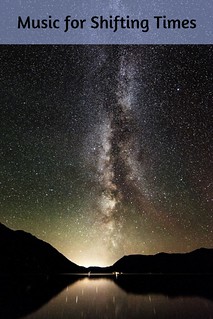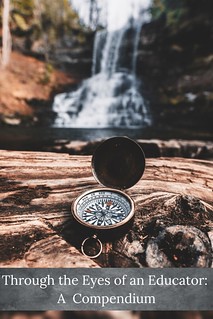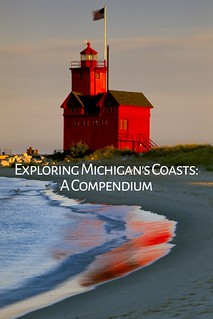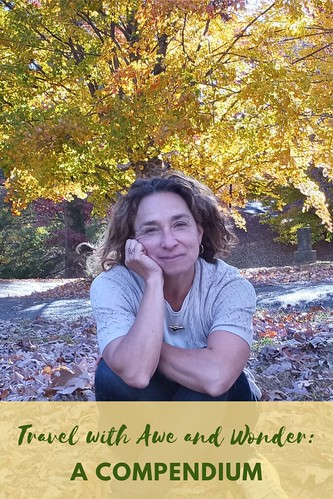Andalucía profunda
Despite the devastating effects of a civil war and a fascist regime that slowed industrial development, with the death of Franco and arrival of democracy, Spain began to catch up with its European counterparts in many respects. Today, despite the fact that much of Spain has a standard of living that is equal to, and in some cases surpasses, that of Europe and the United States, many Spaniards feel that something has been lost in the rush to join the ranks of the developed nations. Something ephemeral has slipped through their fingers. I call this ephemeral something "authenticity."
This appetite for the authentic has lead to a new industry, mostly catering to Spanish urbanites, that markets "authentic" Spain in many different forms. If the consumption patterns of those in Seville are any indication, this authentic, unadulterated Spain can only be found in those tangible and intangible things located in the most rural areas, where change has occurred more slowly. Rural people eat real food and drink real wine (vino de la tierra). They don’t rush around, get frustrated with traffic or delays, scream at each other, or need to lock their doors, and they still nod and wish you “buenos dias” as they pass on the street.
This almost mystic quest for Andalucía profunda has lead to a boom in rural tourism among my fellow Sevillanos. Most weekends and, of course, during holidays and vacations, stressed out urbanites flee Seville and her suburbs in search of Andalucía profunda – and they find it in hostels tucked away in mountain sides, medieval monasteries and castles that have been converted to five star hotels and spas, and (as I did last week) casas cuevas (cave houses) that have been renovated to suit more refined, urban tastes.
(Pictured on the left are casas cuevas mixed in with houses, located in the village of Galera, in Andalusia, Spain. These casas are much more refined than were the earliest cave houses, and boast of running water and electricity.)
These casas cuevas are a real reminder of just how desperately poor Andalusia once was as, before they began to be renovated to appeal to the Spanish middle class, rural Andalusians were forced to take residence in caves because they didn’t have the resources to either buy or build a house. Some of these cave houses are now so expensive that most locals cannot afford them, and many are bought by either Spanish urbanites or (gasp) foreigners from Germany and Britain. However, I digress.
(At the right is a photo of a casa that is owned by a German immigrant to Andalucía and rented to tourists.)
(Below is a photo of the inside of our cave house. Our casa had three bedrooms, two baths, an ample kitchen, two living rooms and a dining room.)
The preoccupation with discovering a lost, authentic Spain and consequent boom in rural tourism is a windfall for those who prefer to visit a country for the pleasure of learning about its people, history and culture, rather than to take photos of beautiful monuments or to (god help us) watch the countryside wizz past from the safety of a bus. If you have a desire to know a Spain untouched by malls and garishly lit chain supermarkets, that doesn’t cater to tourist appetites that have reduced the country’s complex history and culture to flamenco and bullfighting, and lazy country roads that have never known pollution or traffic jams, rural tourism opens up new opportunities to discover Iberia.
There are, however, a few basics that need to be understood before embarking on your own, Don Quixote-like adventure. A basic knowledge of the language is a must. While rural Andalusia offers much to be explored and discovered, such as archaeological sites, small bodegas, museums and hiking paths dotted throughout the rugged countryside, most information is provided only in Spanish, and most of those living in rural villages do not know English. And you can forget about your car's Navigator or Tom Tom helping you out if you get lost – which you inevitably will, so bring a map and learn (or re-learn) how to use it. Only the most intrepid need commit themselves to exploring Andalucía profunda. But…aren’t these things part of what makes a good adventure, anyway?
(This photo shows the many geographical variations found in the Andalusian countryside: mountains, mesa, rolling hills with olive groves and vineyards, and the village, in the foreground and situated immediately beneath the casas cuevas. You will definitely "feel the burn" after climbing the hills to these casas!)





















Dr. Jessie Voigts
It's hard to imagine, from these photos, that the houses are actually in caves! how very cool - thanks for sharing this!
Jessie Voigts, PhD
Publisher, wanderingeducators.com